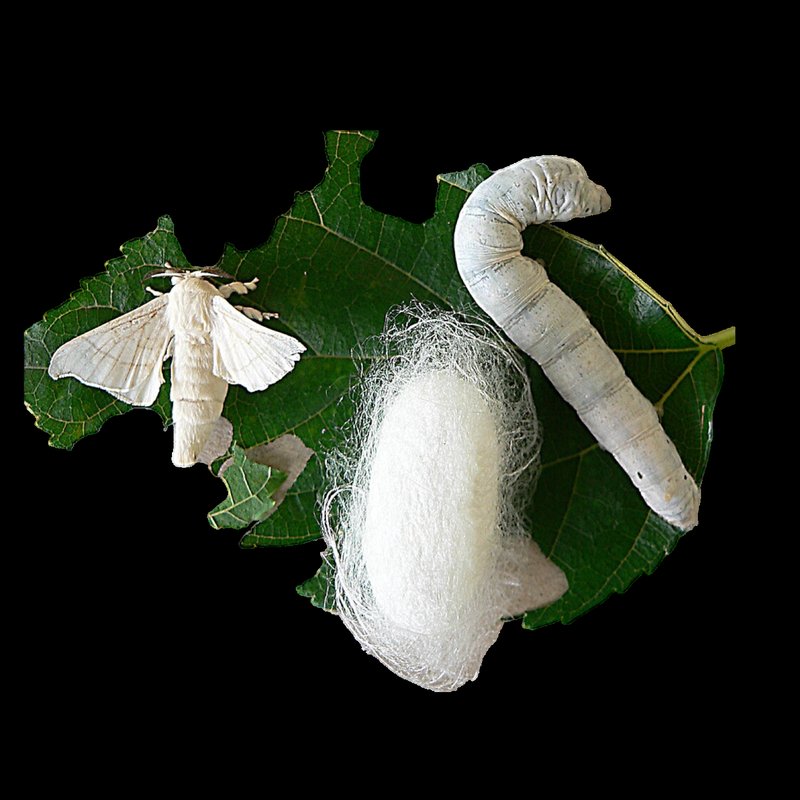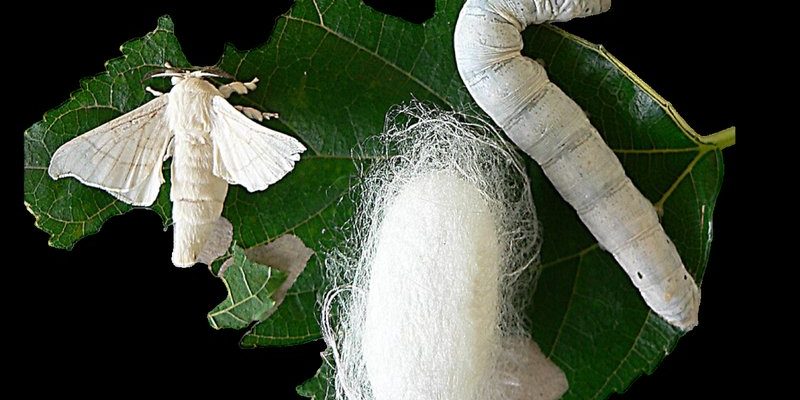
Here’s the thing: it’s not just about feeding them; it’s about understanding the signs of good health and potential problems. From their diet to their environment and even their behavior, there are many factors to consider. Creating a health checklist can help you keep tabs on everything that might affect your silkworms. Think of it as your secret weapon for weaving a successful silkworm-raising experience—all while ensuring your little silk-makers stay happy and productive.
Let’s dive into what it takes to keep your silkworms in tip-top shape. I’ll share some essential monitoring checklists that will guide you through this fascinating journey.
Understanding Silkworm Health
Monitoring silkworm health is crucial for anyone interested in sericulture, the practice of raising silkworms for silk production. Silkworms are sensitive creatures, and several factors can impact their health and productivity. They require specific conditions to thrive, including the right temperature, humidity, and food. If you overlook these aspects, your silkworms may face health issues that can affect their growth and the quality of the silk they produce.
So, what should you be looking for when it comes to their health? Signs of distress in silkworms can include unusual behaviors, irregular feeding patterns, or changes in appearance. For example, if a silkworm seems lethargic or has a discolored body, it could be a sign of illness or poor environmental conditions. Catching these signs early is key to preventing bigger problems down the road.
In essence, monitoring silkworm health isn’t just a necessary chore; it becomes a part of your daily routine. Think of it like checking your phone for notifications throughout the day. Just as you wouldn’t ignore a low battery warning, you shouldn’t ignore your silkworms’ health signs. A little attention each day can go a long way.
Create a Health Monitoring Checklist
Crafting a health monitoring checklist for your silkworms can seem daunting, but it doesn’t have to be. Start by jotting down the key areas you want to monitor: environmental conditions, diet, behavior, and physical appearance. You can later expand this basic list into a detailed checklist that you can refer to daily.
For the environmental conditions, focus on aspects like temperature and humidity. Silkworms thrive in temperatures between 23°C and 28°C (73°F to 82°F) and a humidity level of around 70-80%. Here’s a simple way to break it down:
- Check temperature daily—use a thermometer.
- Monitor humidity levels with a hygrometer.
- Ensure good ventilation in the rearing area.
Next, consider their diet. Silkworms eat primarily mulberry leaves, but the quality of those leaves matters greatly. Here’s what to note on your checklist:
- Inspect leaves for pesticide residue.
- Ensure leaves are fresh and free from mold.
- Adjust feeding amounts based on size and age.
Behavioral Observations
Behavior is often one of the best indicators of health in silkworms. A healthy silkworm is usually lively and actively munching away at its food. However, if you notice a silkworm staying still or not eating, it could be a sign that something is off.
You might want to track behaviors like:
- Frequency of movement—are they moving around or staying in one spot?
- Feeding habits—is it eating enough leaves daily?
- Social interactions—are they responsive to other silkworms?
By being observant, you can catch early signs of distress. For example, a silkworm that suddenly stops moving might need immediate attention, whether it’s a change in temperature or an indication of illness. Noting these behaviors in your checklist can help you identify patterns and spot potential problems early on.
Physical Health Checks
Health checks aren’t just about behavior and environment; you also need to focus on their physical appearance. Silkworms should have a healthy, plump appearance without any external signs of distress. Regularly inspect them for issues like shedding or discoloration, which can indicate health problems.
Here are some things to include in your physical health checklist:
- Check for any visible changes in color—yellowing could indicate a problem.
- Inspect the skin for signs of molting issues.
- Look for any unusual swelling or lesions.
If you notice any of these issues, you might need to investigate further. Is the temperature too high? Are they stressed out by overcrowding? Keeping track of these signs can help ensure your silkworms remain healthy and strong.
Documenting Your Observations
Now that you have your checklist in place, the next step is documenting your observations. Keeping a record not only helps you track changes over time but also lets you identify any recurring issues that may need to be addressed. You could use a simple notebook or an app—whatever works best for you.
When documenting, try using a consistent format. Note the date, what you observed, any changes to their environment, and any issues you noticed. Here’s a simple template to follow:
| Date | Observation | Action Taken |
|---|---|---|
| MM/DD/YYYY | Silkworm A is not moving much. | Checked temperature; adjusted to optimal level. |
By reviewing your notes periodically, you can pinpoint patterns and make better decisions about how to care for your silkworms. Plus, it’s satisfying to see progress tracking!
Handling Health Issues and Troubleshooting
No matter how diligent you are, occasional health issues can arise. You might be wondering what to do if you spot something concerning on your checklist. First, don’t panic! Many health issues can be resolved with quick action.
If you notice signs like a silkworm not eating or appearing lethargic, consider these troubleshooting steps:
- Check the temperature and humidity—make adjustments if necessary.
- Examine the food supply—are the leaves fresh and of good quality?
- Isolate the affected silkworm to prevent spreading any potential illness.
After taking these steps, keep a close eye on the silkworm for any changes. If the problem persists, don’t hesitate to look up specific silkworm diseases or consult experts in sericulture.
Final Thoughts on Silkworm Health Monitoring
Caring for silkworms is truly a rewarding journey, but it does come with its challenges. Having a health monitoring checklist in place can transform the experience from daunting to manageable. Think of your checklist as your trusty guide, helping you navigate through the intricacies of silkworm care.
With your checklist, you’ll not only feel more confident in your abilities but also ensure your silkworms thrive in their environment. Over time, you’ll become more attuned to their needs and habits, making the process even smoother. And who knows? You might just find yourself enjoying the companionship of these tiny silk weavers as much as they love munching on those mulberry leaves!
So, get started on your health monitoring journey—I promise it’s worth it. Happy silkworm farming!

